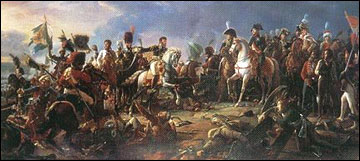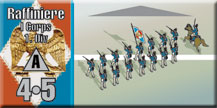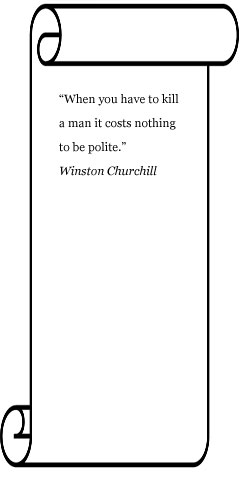| 
In December 1805, Emperor Napoleon I led
about 67,000 men against about 75,000 Russian
and Austrian troops near Brunn (modern Brno)
in Bohemia, part of today’s Czech Republic.
The battlefield, divided by hills and streams,
became known as Austerlitz and would be celebrated
as Napoleon’s greatest victory.
After fierce fighting amid the morning mists,
the sun broke through the clouds. The French
stormed the key Pratzen Heights, and after
a bloody bayonet fight with the Russian troops
manning the lines forced the Allied army into
a disorganized retreat.
| 
Napoléon at the Battle of Austerlitz,
by François Pascal Simon, Baron
Gérard.
|
Austerlitz re-creates the area were the
battle was fought as a topographic map divided
into irregular areas rather than the hexagons
used in traditional board wargames. These are
not chosen randomly, but rather conform to the
lie of the land to channel movement the same
way folds, rises and gullies do on an actual
piece of ground.
A unit must fit in the area it occupies,
in the direction it faces. If the area is
too narrow for one of the large pieces, it’s
not allowed to occupy the area, or at least
not stay there and face the direction the
player might like. Thus troops are placed
along ridge lines, for example, not across
them. Flanks become even more important; if
you leave a unit “hanging” in
a position where it can’t turn to defend
itself fully against an approaching enemy
because it can’t be placed in the area
facing that direction, be prepared for serious
losses.
The game pieces come in two sizes. “Long”
pieces are 1 and 1/3 inches long and 2/3 inches
wide, a very large piece. These represent
infantry divisions. Other pieces are squares
2/3-inch across each side. These represent
cavalry brigades and artillery batteries.
Each unit is rated for combat strength and
morale.
Combat can take the form of assault, cavalry
charge or bombardment. Each player rolls a
number of dice equal to the total combat strength
of his or her units involved. For each result
of 6, one hit is achieved. For each hit suffered
by a unit, it loses one “step,”
or level of strength.

But before it can make an attack or move,
a unit must be activated. Better leaders are
better able to activate their units more easily,
giving them a significant edge. The French
player has Napoleon, who is not that much
better than the Russians’ Mikhail Kutuzov.
The difference is that Napoleon’s subordinates
are far more active than the Austrian and
Russian leaders who support Kutuzov.
The rules are very similar to our War
of the States and Rome
at War series, and build on our earlier, long out-of-print
Napoleonic battle games. They are completely
new; developer Doug McNair and designer Rob
Markham have created a game that retains the
older games’ simplicity of play but
is far more historically accurate.
 Links: Links:
STK #0109
Status: This game is out of print. |


